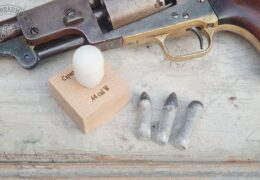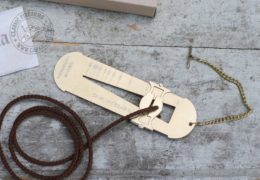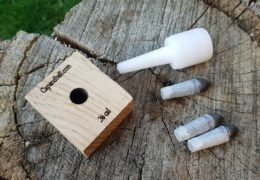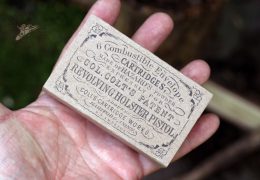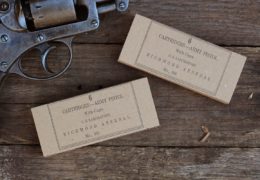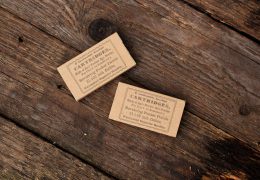Fix bayonet! and its effect on rifle musket accuracy
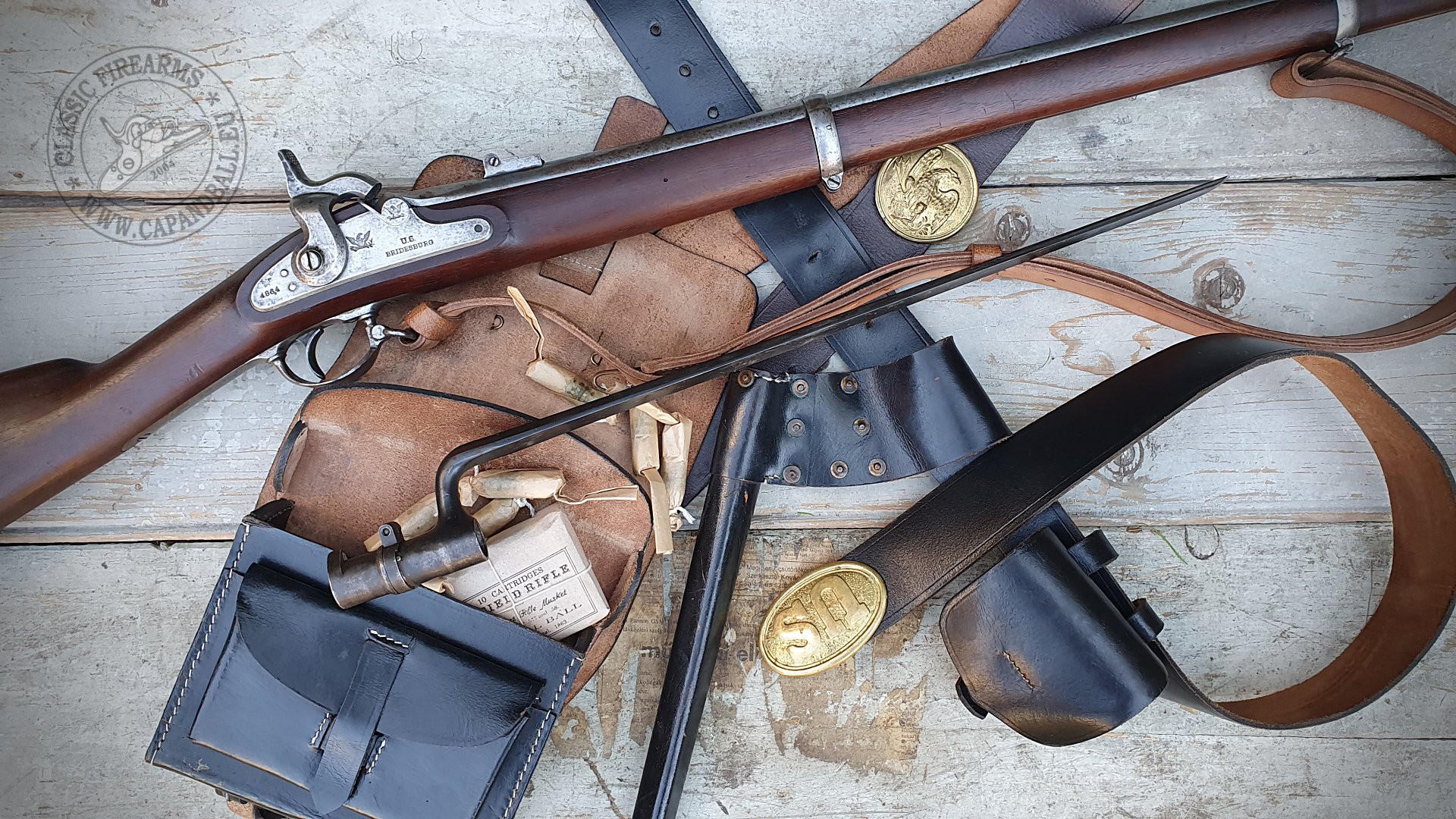
„The bullet is a fool, the bayonet is a fine chap.” – Probably you all heard this phrase from the famous Russian Generalissimus Alexander Suvorov. Powerful words indeed, but it was not true even in the time when it was said, as during the French and Napoleonic wars victory could only be achieved by combined arms tactics, where the fire fight was just as important as the glorious bayonet charge.
We usually all agree that the rifle was a much more capable weapon than the smooth bore musket. If you randomly check the literature covering rifle tactics of the mid-19th century I am pretty sure that majority of the works will support this view praising the devastating killing power of the rifle-musket, and raising it high above the old muskets. But are they really right? Did the rifle-musket kill more soldiers than the smooth bores? How useful was the bayonet in the age of rifle muskets?
As usual these questions need some clarifications as the casualty rates of the large battles of the mid-19th century like do not differ too much from the large battles of the French and Napoleonic wars, they all range from 5-40 percent, but the average can be somewhere between 10-20% for both periods.
It is not a question that the rifle-musket was a better arm, but the way it was used on the battlefield did not differ too much compared to the smooth bores. Here is Capandball’s new film on the subject.


